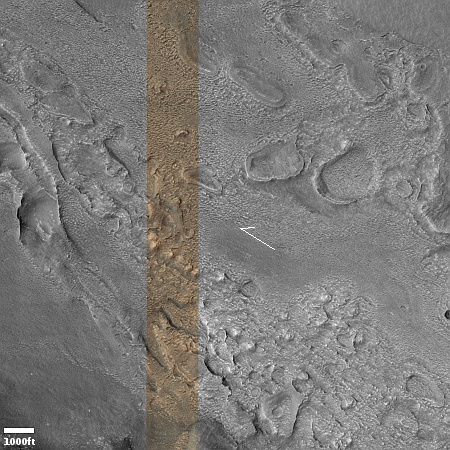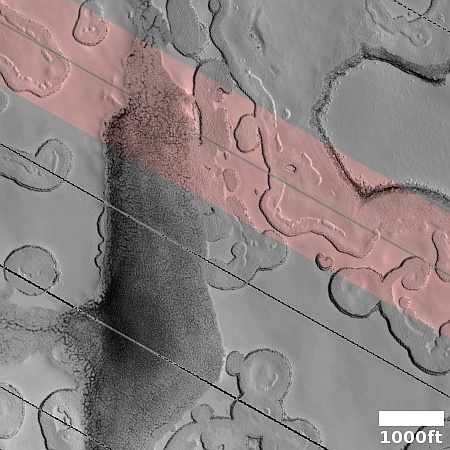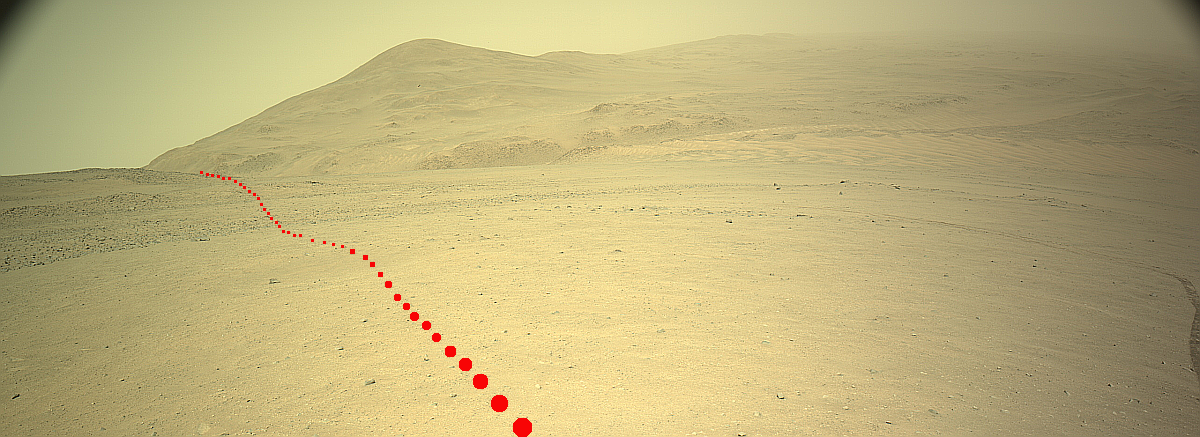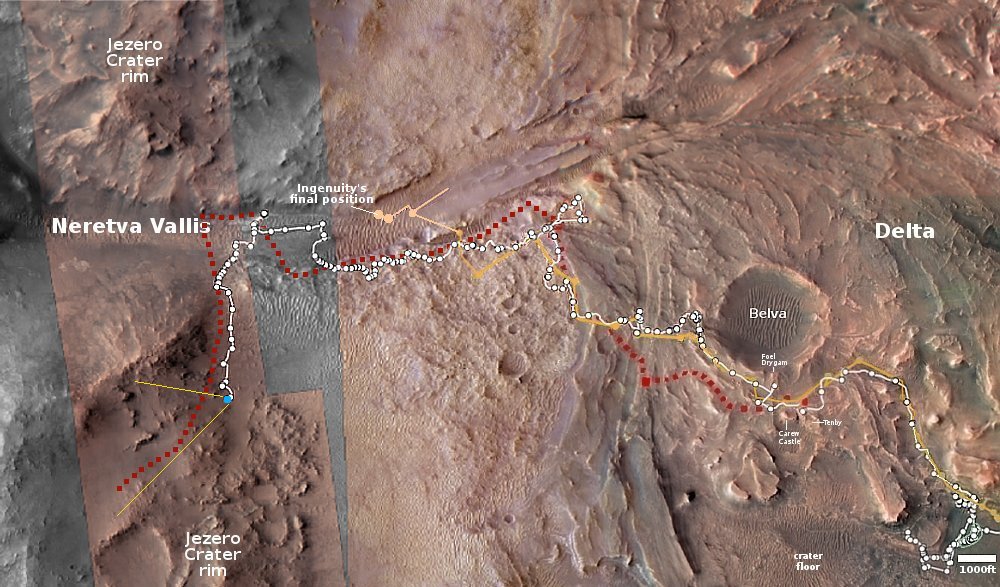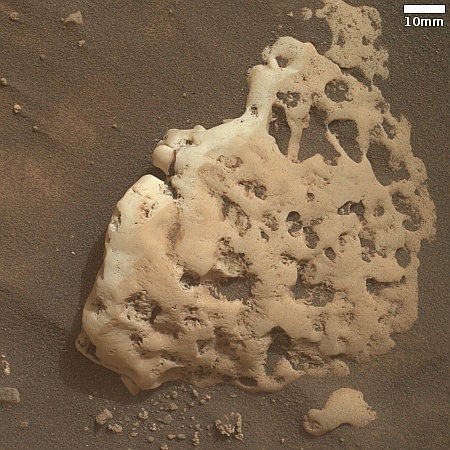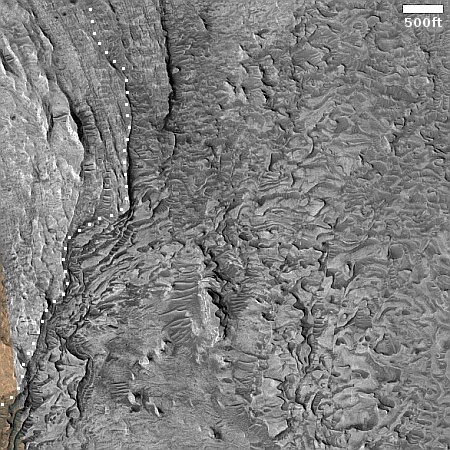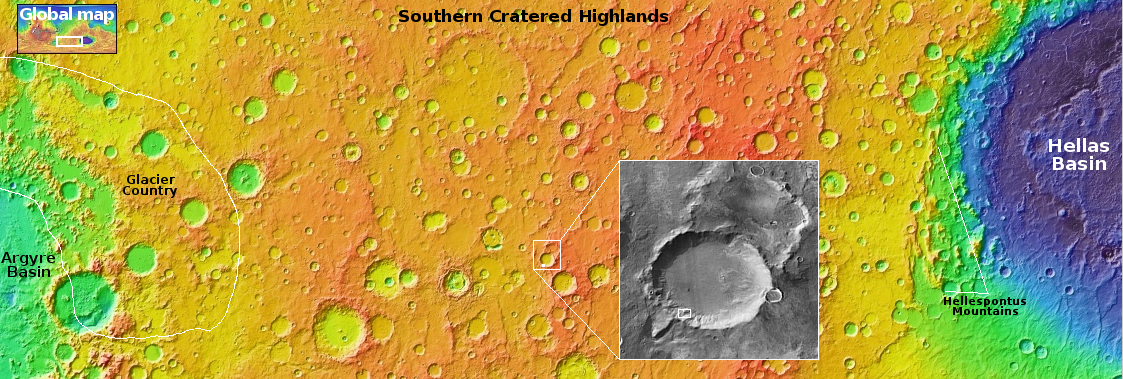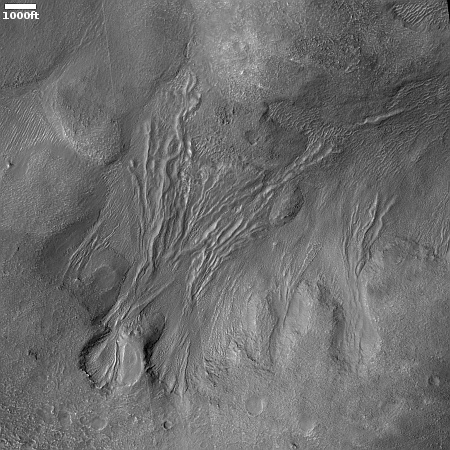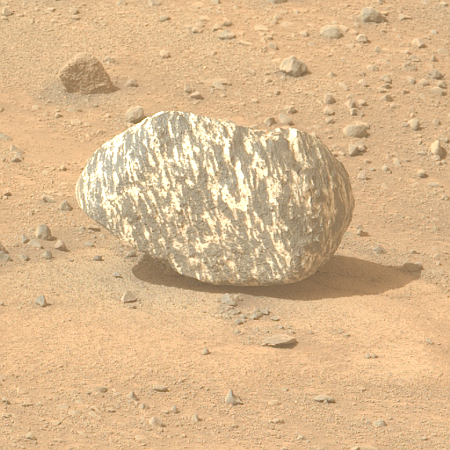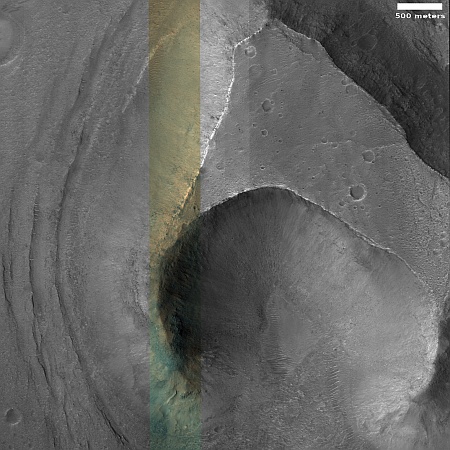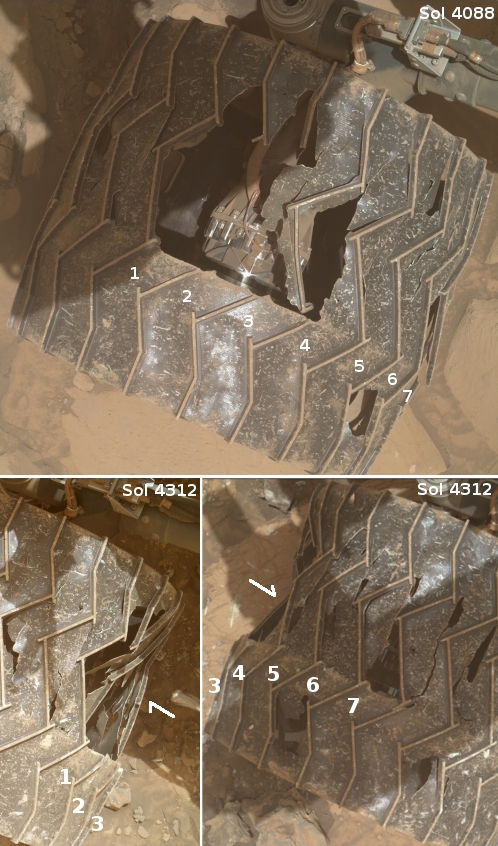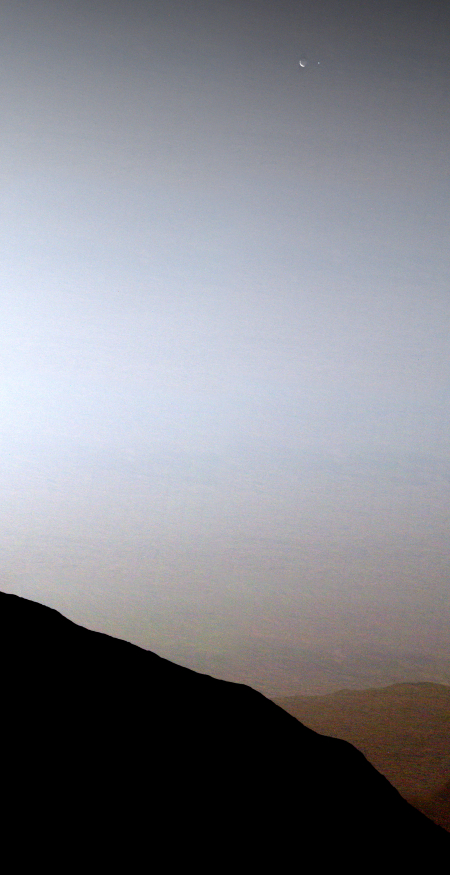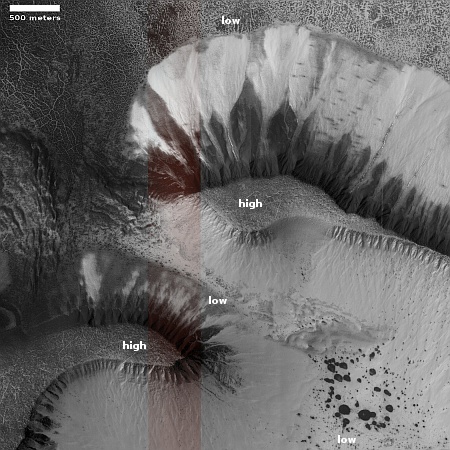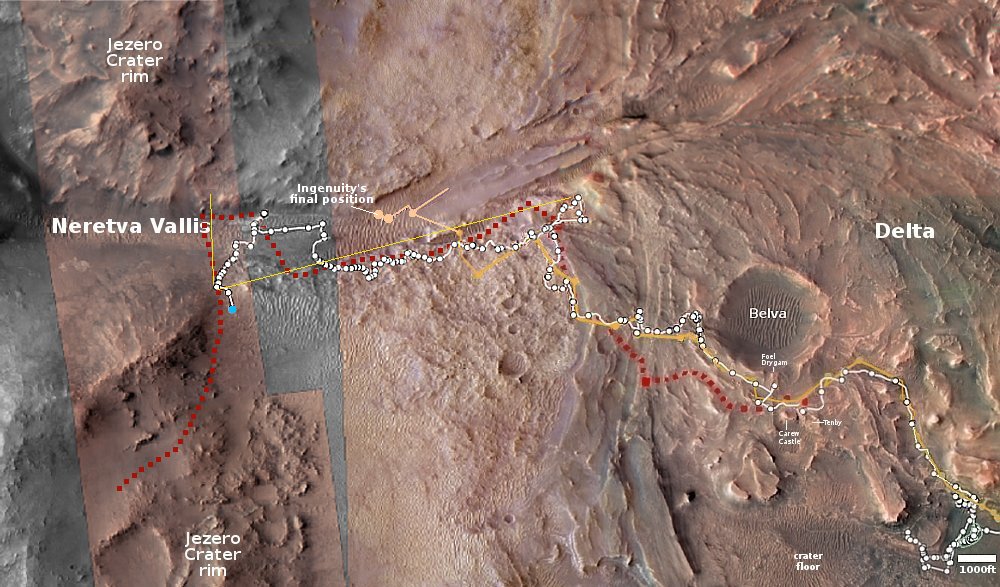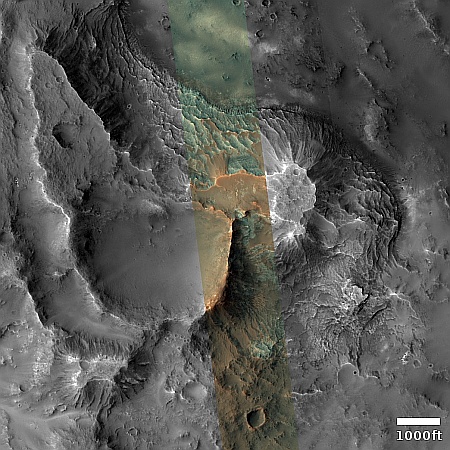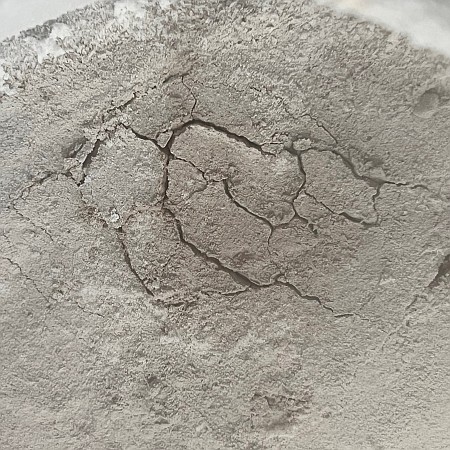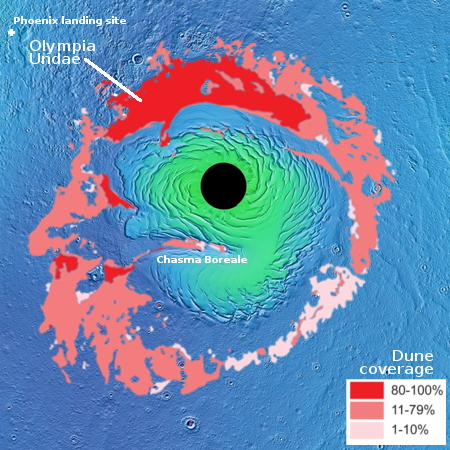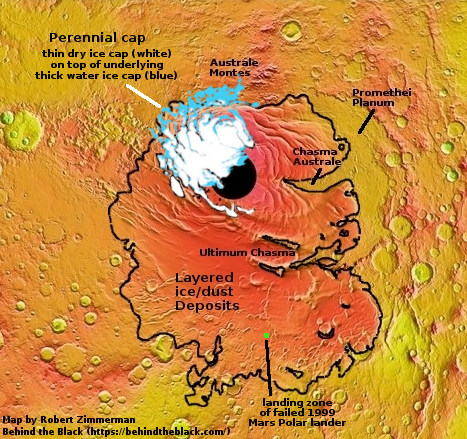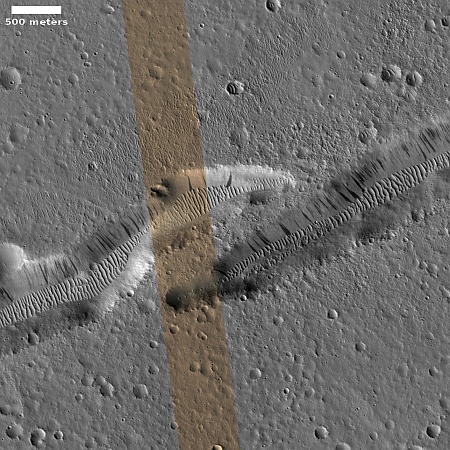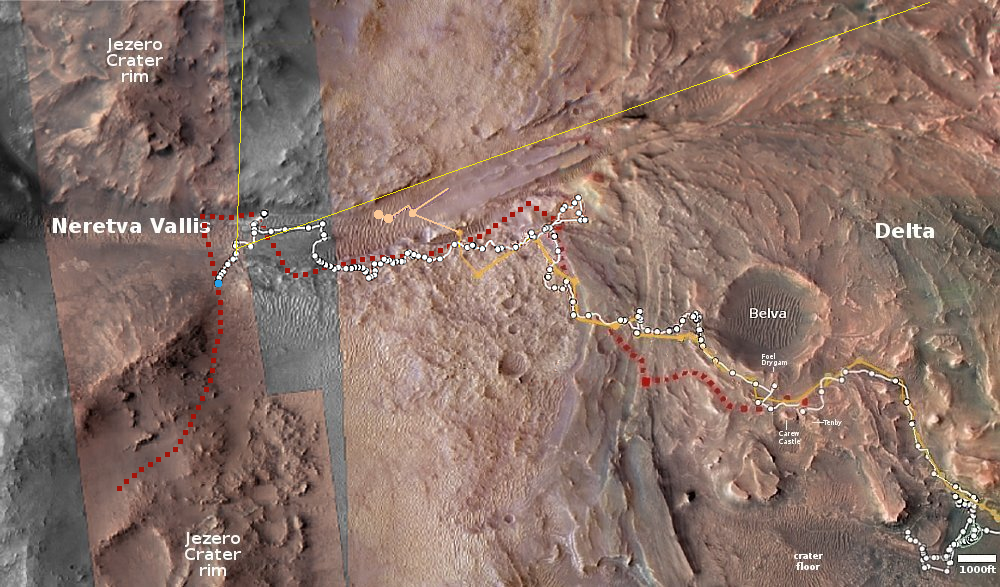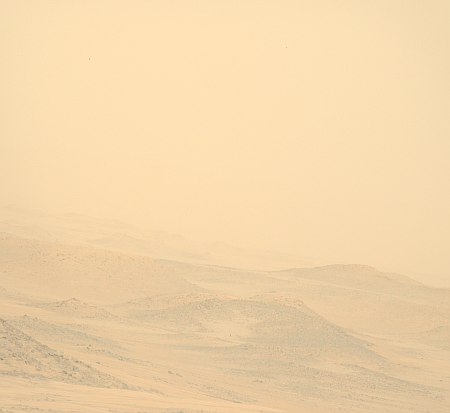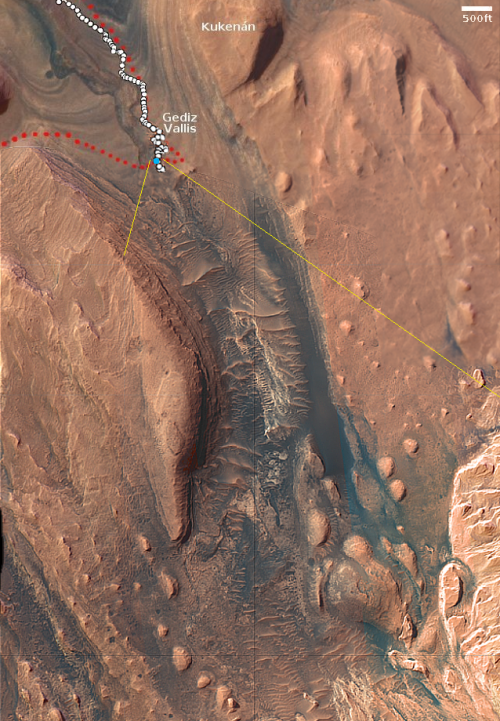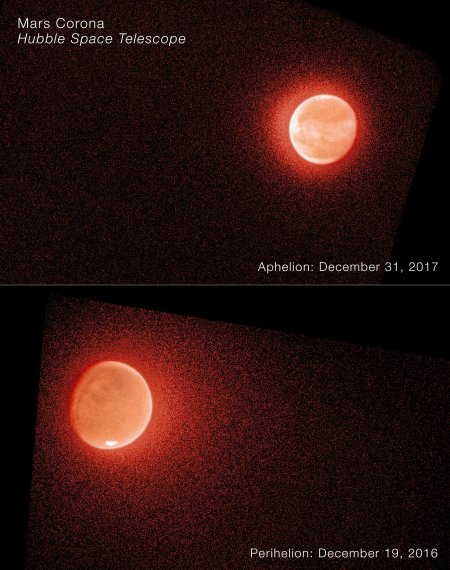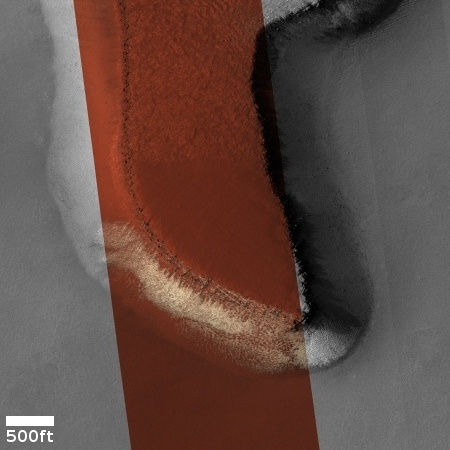Scientists: both liquid water and ice shaped Gale Crater
The uncertainty of science: Using isotope data from instruments on the Mars rover Curiosity, scientists have found evidence that suggests that both liquid water as well as glacial ice helped shape the present geology in Gale Crater.
The paper proposes two formation mechanisms for carbonates found at Gale. In the first scenario, carbonates are formed through a series of wet-dry cycles within Gale crater [involving intermittent liquid water]. In the second, carbonates are formed in very salty water under cold, ice-forming (cryogenic) conditions in Gale crater [involving glacial ice].
“These formation mechanisms represent two different climate regimes that may present different habitability scenarios,” said Jennifer Stern of NASA Goddard, a co-author of the paper. “Wet-dry cycling would indicate alternation between more-habitable and less-habitable environments, while cryogenic temperatures in the mid-latitudes of Mars would indicate a less-habitable environment where most water is locked up in ice and not available for chemistry or biology, and what is there is extremely salty and unpleasant for life.”
…The heavy isotope values in the Martian carbonates are significantly higher than what’s seen on Earth for carbonate minerals and are the heaviest carbon and oxygen isotope values recorded for any Mars materials. In fact, according to the team, both the wet-dry and the cold-salty climates are required to form carbonates that are so enriched in heavy carbon and oxygen.
What I glean from this report is that the evidence that ice played the dominant role continues to build, but since it counters the liquid water theories that scientists have favored for decades they are reluctant to shift entirely to it. It also suggests the geological processes on Mars were far more complex than proposed (no surprise!), and that some mixture of both processes was likely.
This paper is of course merely a newly proposed hypothesis, and therefore its conclusions should be considered only with great skepticism.
The uncertainty of science: Using isotope data from instruments on the Mars rover Curiosity, scientists have found evidence that suggests that both liquid water as well as glacial ice helped shape the present geology in Gale Crater.
The paper proposes two formation mechanisms for carbonates found at Gale. In the first scenario, carbonates are formed through a series of wet-dry cycles within Gale crater [involving intermittent liquid water]. In the second, carbonates are formed in very salty water under cold, ice-forming (cryogenic) conditions in Gale crater [involving glacial ice].
“These formation mechanisms represent two different climate regimes that may present different habitability scenarios,” said Jennifer Stern of NASA Goddard, a co-author of the paper. “Wet-dry cycling would indicate alternation between more-habitable and less-habitable environments, while cryogenic temperatures in the mid-latitudes of Mars would indicate a less-habitable environment where most water is locked up in ice and not available for chemistry or biology, and what is there is extremely salty and unpleasant for life.”
…The heavy isotope values in the Martian carbonates are significantly higher than what’s seen on Earth for carbonate minerals and are the heaviest carbon and oxygen isotope values recorded for any Mars materials. In fact, according to the team, both the wet-dry and the cold-salty climates are required to form carbonates that are so enriched in heavy carbon and oxygen.
What I glean from this report is that the evidence that ice played the dominant role continues to build, but since it counters the liquid water theories that scientists have favored for decades they are reluctant to shift entirely to it. It also suggests the geological processes on Mars were far more complex than proposed (no surprise!), and that some mixture of both processes was likely.
This paper is of course merely a newly proposed hypothesis, and therefore its conclusions should be considered only with great skepticism.

